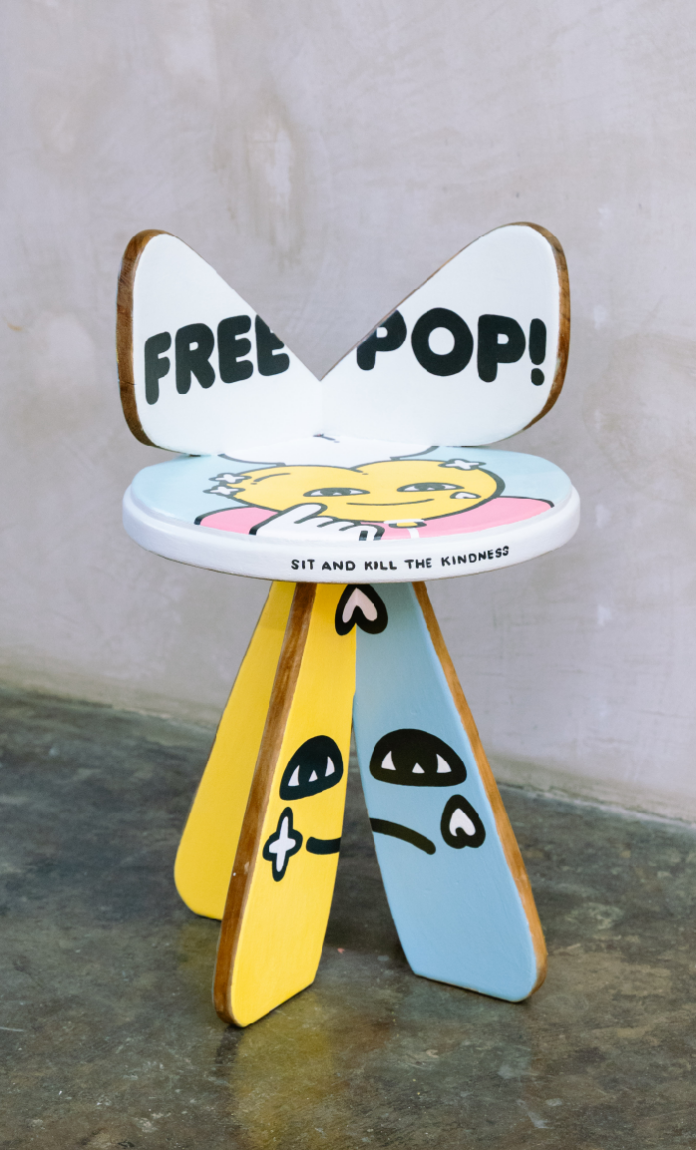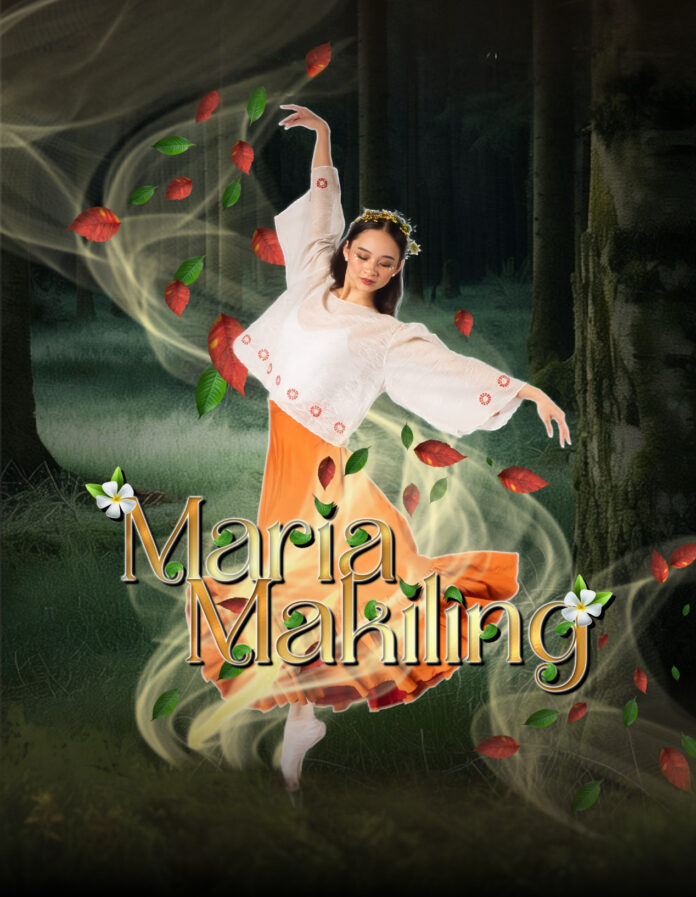
A stool or chair is more than just a place to sit. Across different societies, it carries cultural, aesthetic, and symbolic meaning. It can symbolize power or status. It reflects values and traditions. On a personal note, it carries memories and emotional significance. It holds pieces of our lives.
I remember my grandmother sitting on an old wooden rocking chair in our sala. The creaking sound it made, the soft cushion faded with time, and the way it fit perfectly into a quiet corner in our living room—it forms a vivid memory tied to warmth and familiar love.
There was once a wooden stool I bought in Banaue. I would usually put it in our doorway and sit there as I watched people pass by or listened to the rain outside. There was also a stool we usually used for laundry.
Over time, these stools take on a life of their own, becoming silent witnesses to our everyday moments and major milestones. Even if it’s worn or no longer in use, it’s hard to let go because it holds history, and they tell stories.
This is something Diwa.Dezeñyo founders F. Marco Sebastian Padayao and Luigi Bauzon believe in when creating designs.
“We believe meaningful creations must resonate with people. Storytelling and emotional design are central to how we build culturally significant, personal experiences,” said Padayao.
Diwa.Dezeñyo, a collective of designers, offers services in industrial design, furniture packaging, graphic branding, and UX/UI.
“Luigi and I worked together during our senior year at Coventry University. Our shared vision led to successful projects and inspired us to build something bigger,” he added.
Now based in London, the team plans to open a space in Metro Manila and eventually set up a manufacturing facility using local materials and skilled artisans.
“We aim to be known as a multidisciplinary agency offering bespoke solutions and meaningful products,” said Padayao.
Diwa.Dezeñyo stands out through its transparent and relatable creative process, helping clients understand the inspiration behind each design.
At 23, Padayao emphasizes user-centric design—functional, intuitive, and meaningful. This philosophy drives Diwa.Dezeñyo to craft innovative, deeply personal designs that reflect users’ unique stories.
Rooted in vernacular and emotional human-centered design, the studio blends global perspectives with its founders’ heritage.
Stools designed from London to Manila

For their Manila debut, Diwa.Dezeñyo introduced three stool designs—Diwa.Casa, La Mariposa, and Hugis ng Diwa—each with its own story.

Diwa.Casa takes inspiration from Gaudí’s Casa Batlló, showcasing fluid, organic curves.

La.Mariposa echoes the butterfly’s form, allowing artists to paint patterns that celebrate nature.


believe in the sentimental value of stools, which become silent witnesses to everyday moments and milestones
Hugis ng Diwa offers a bold, minimalist take on the traditional stool.
“We want to highlight unique craftsmanship and create pieces that honor our heritage,” said Padayao.
Diwa.Dezeñyo teamed up with 15 Filipino artists to craft one-of-a-kind stool designs, each infused with the creator’s signature aesthetic. The project brought together Sigwada Knicolai’s pop-surrealist visions, Joshua Barrera’s intricate ink techniques merging multiple artistic traditions, and Summer de Guia’s studies of human-like qualities in objects.
The roster also featured Gemart Ortega’s pop culture motifs, Jesse Camacho’s fantasy-inspired narratives, and Valerie Teng’s Feng Shui-inspired creations.
The collaboration expanded to include Andre Baldovino’s abstract explorations, Carla Gamalinda’s relational identity concepts, and Demetrio Dela Cruz’s multimedia approach.
Other participating artists were Humbly with his whimsical toy characters, Remster’s spiritual inquiries, Joly Beart’s emotional bone-head figures, Pat “Rabby” Aguas’s illustrated personas, Julia and Jheane Borja’s painterly experiments, and mimaaaaaaaaw’s boundary-pushing murals.
The stools are on display at Space Encounters in Ortigas City, Philippines.









